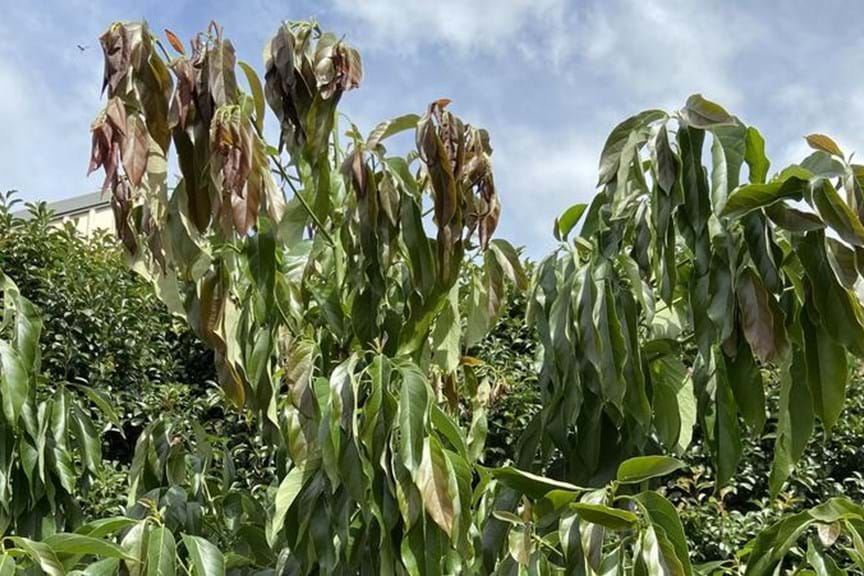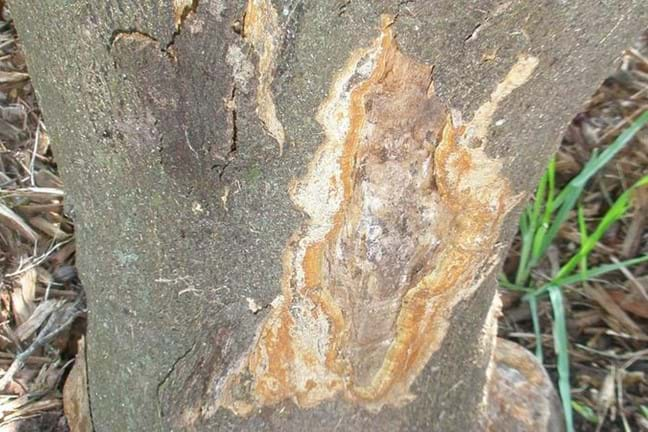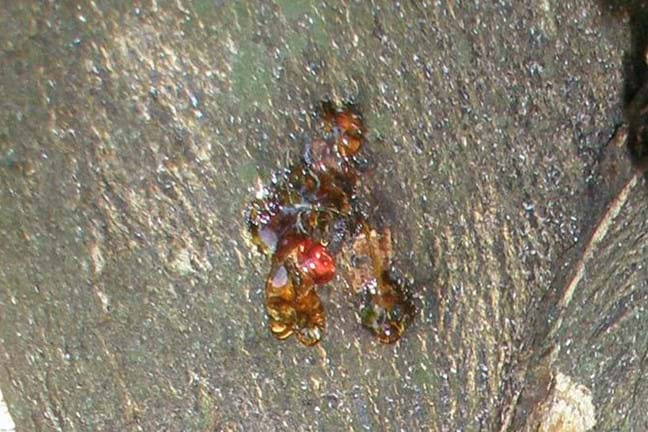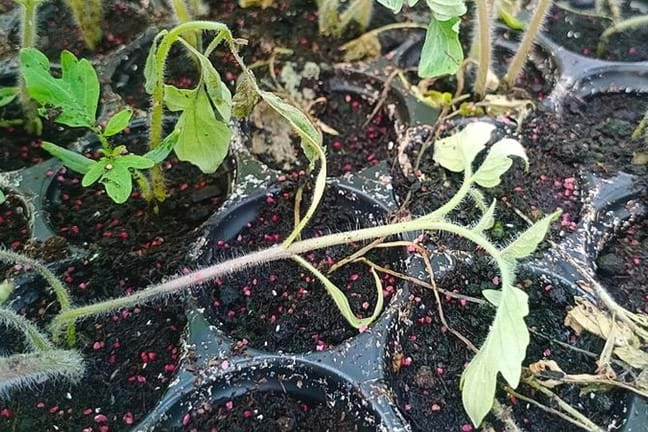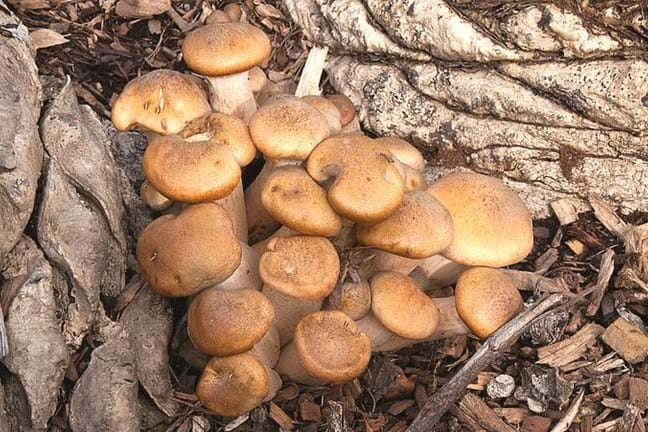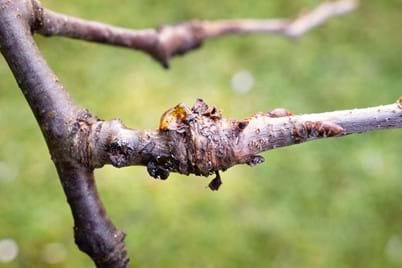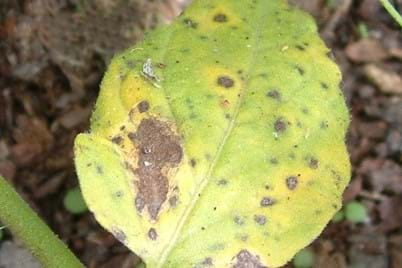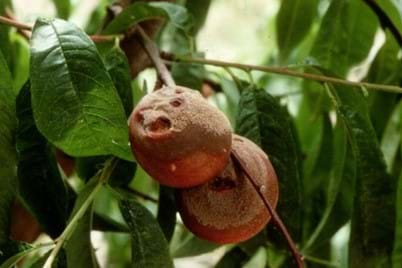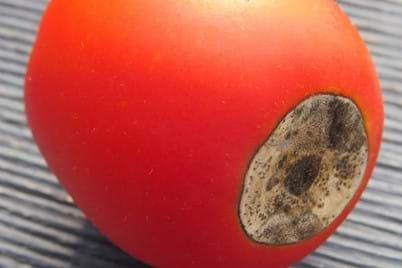Root & Collar Rot Control in Your Garden
Phytophthora cinnamomi and Phytophthora spp.
Root rot, crown rot, collar rot, and damping-off are all types of plant diseases that may be caused by soil borne pathogens. These diseases impact plant health, causing plant tissues to soften, collapse and rot, leaving them unable to perform regular functions. If left untreated, it can lead to plant death.
There are two main causes of root rot: overwatering and/or the presence of fungal or fungal-like pathogens (water moulds or oomycete) in the soil that attack plant roots. Overwatering depletes the oxygen in the soil, and this causes roots to soften, become 'mushy' and die. Overwatering or consistently moist conditions are also favoured by these plant pathogens, which can begin to invade healthy plant tissue, causing rot and dieback. These pathogens can survive in the soil, without the presence of host plants and are also not host specific. Damage usually occurs before symptoms are present on above-ground plant parts.
Armillaria, Phytophthora, and Pythium are all common types of pathogens that cause root rot. They can also affect the collar, crown or stem of plants. Here's how to identify and treat rot.
